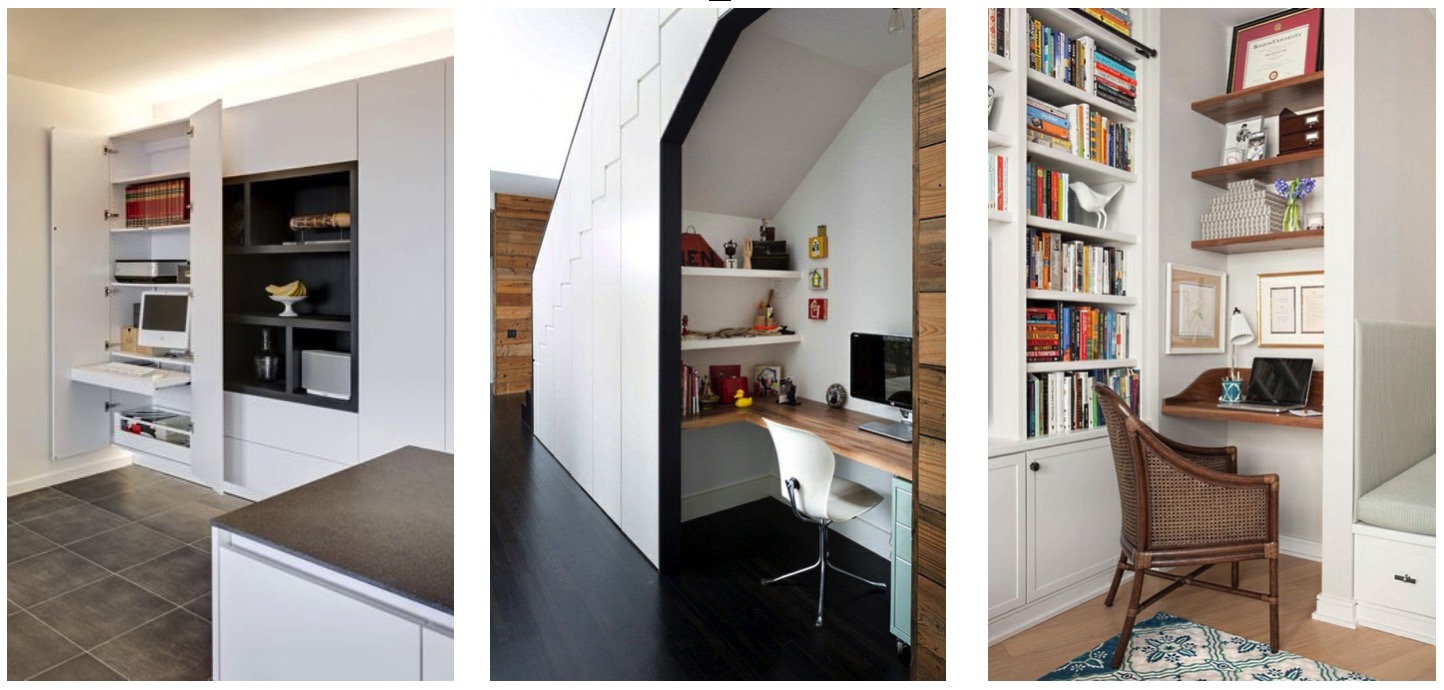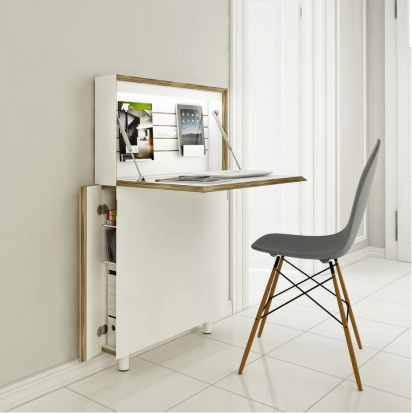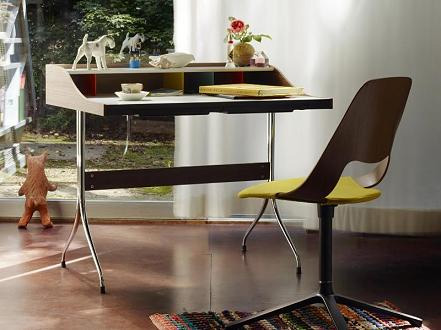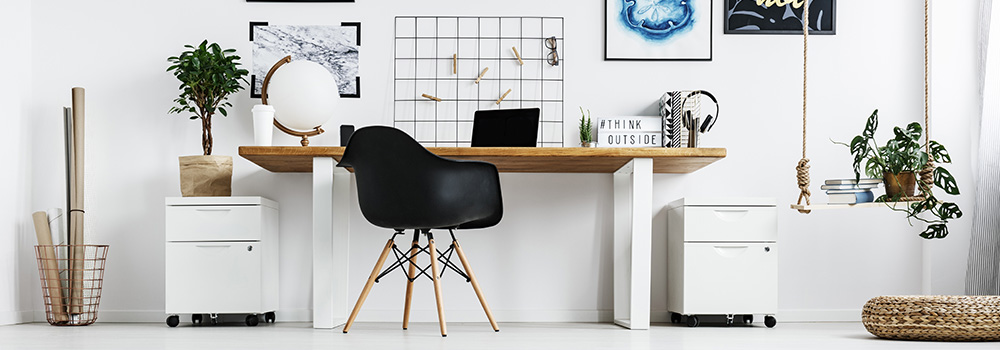How to arrange your workspace at home?
The golden rule for setting up your home office is: the home office should be convenient and blend into the home environment.
Here are some good ideas.
Creating the right conditions for teleworking
You might think that people that can work remotely are lucky ones. Indeed, however it requires a special environment. Before thinking about it more concretely, you need to make sure that telework is supported by your management and that your arrangements are suitable. Remember that sharing the dining room table with your children who are taking e-schooling classes is not a solution.
It is well known that living space in single-room and shared apartments is often limited, as a result of housing densification in urban centres. Be creative!
What is the best place for your Home-Office?
A closed room is the ideal place for the set up of an office. It allows you to isolate from other domestic activities and with the door closed, it is conducive to continuous and concentrated work. If you don’t have a room available, find alternatives, such as:
- attic niches,
- stair niches or,
- a built-in cupboard whose lower part can be opened out of the way,
- your library, opt for the e-book and install a worktop on it,
- a good wi-fi connection is a must.
Although these spaces are not ideal for an 8hrs/day job, they allow you to make a clear distinction between living and working space.

At home, it’s up to you
It’s up to you! Dispose of recycled and bulky furniture, they no longer fit in. Arrange the new workspace as you like and have it match the atmosphere of your home. The more comfortable and at ease you will feel, the more productive and enjoyable time you will be spending.
Would a secretary desk do the trick?
Absolutely, provided that the work surface matches your needs, depending on your occupation.
Having two separate screens, a keyboard and a mouse don’t make sense as “Smart Working” is key here. A small desk or a secretary are particularly practical if you want to install your office corner in your living space. They fit easily into small rooms. And the secretary has an extra advantage: once work is finished and the flap is closed, the workstation is tidy and the work no longer visible.

What to do if there is no room for the conventional work seat?
If you regularly sit at your desk throughout the day, you need an ergonomic chair.
If you only occupy your workplace from time to time and have it installed in your living space, you can opt for a “light” version of the office chair. Many manufacturers have already switched to “Smart Working” and now offer office chairs with simplified adjustment technology and various upholstery and individualisation options that allow you to adapt the look of the chair to your interior ambience.
The visual appearance and comfort of the chair is one thing. Just remember that sitting all day long is not the point. Remember that your back needs movement to stay healthy. So change your sitting position from time to time, get up regularly and move around.

Structure your Home Office
True or false? A creative mind is rarely ordered. True is, anyone who spends too much time looking for important documents at the beginning of their workday or who simply doesn’t know where to put their laptop because their work surface is cluttered will have a difficult start to their workday, wastes of time and less productivity.
Use self-discipline: don’t use your desk as a storeroom and clear it after your workday.
A tidy room means = efficiency. So, plan for storage to keep your desk tidy:
- storage space for things that always need to be close at hand;
- storage for occasionally used items;
- storage space for documents and objects that are rarely used but need to be kept;
- think about exploiting your walls by installing shelves, bulletin boards or a Mood-Board, this keeps the work surface free and includes wall surfaces in the organisation concept;
- eliminate unnecessary paperwork, waste paper has to be regularly disposed of — and yes, in the evening your used cup of coffee or tea is stored in the dishwasher.



